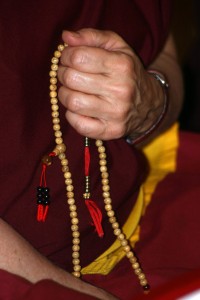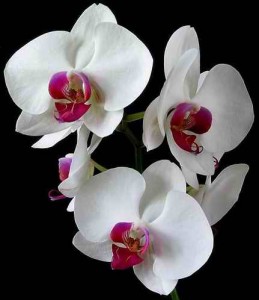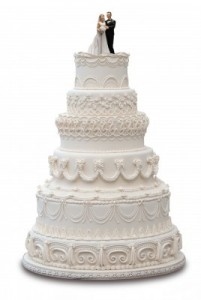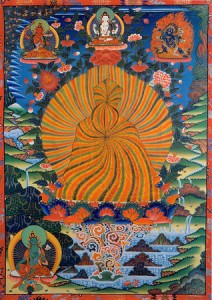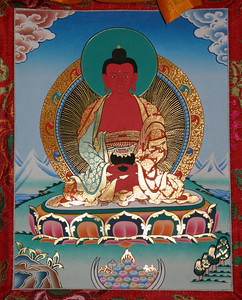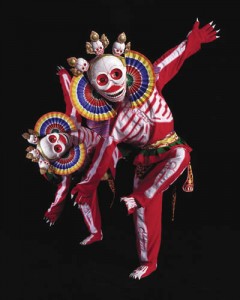The following is an excerpt from a teaching by Jetsunma Ahkon Lhamo called “Your Treasure is Heart”
There is nothing about you that inherently goes towards non-lovingness or lack of concern for others. You are actually the Bodhichitta in your essence, but it is your habitual tendency, karmic cause and effect relationships that bring about habitual tendency, and the weight of that karma that weighs down on one side. Now we’re looking to balance the scales and this kind of meditation changes your habitual tendency so that you find the next time you want to take that Bodhisattva Vow in the context of your practice, magically you’re feeling different. It’s not really an emotional thing, but somewhere inside you sense, you feel, that something has changed. Number one, you have the good feeling of really having invested a great deal of your time in this discipline of meditation for the sake of others. And number two, most importantly, your habitual tendency is starting to change. So next time you say “I dedicate myself to the liberation and salvation of all sentient beings,” you’ll find that as you say that, there’s a catch in your voice and your heart, almost like, “Oh, is it real? Do I feel it? Yes, it’s there.” You’ll know that it’s beginning to take hold in your heart. And when you really feel that deeply, you’ll begin to feel the benefit and happiness associated with this practice.
Now don’t get off on that and get lost in “Oh I’m so happy! Now I’m a great Bodhisattva! Now I can look like a saint! Take out a pint of blood, I’m looking too robust!” Don’t get lost in the concept. Only continue,, continue with the practice for the sake of sentient beings. Do not get lost in the circus. Remember, make it always about them. Ultimately you will come to understand, in maturity in your practice, that your own enlightenment and the enlightenment of others is nondual and equal in weight. Equal in weight. And here’s the real reason why. Even though there are so many more other sentient beings than you or I who are wandering in samsara, one can only bring about temporary or relative benefit as a human being. One cannot bring about extraordinary or ultimate benefit until one actually achieves realization. It is for that reason we are so dedicated to bringing about our own liberation for their sake.
Copyright © Jetsunma Ahkon Lhamo. All rights reserved
